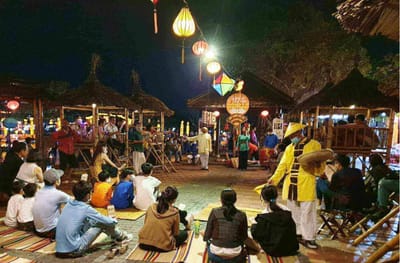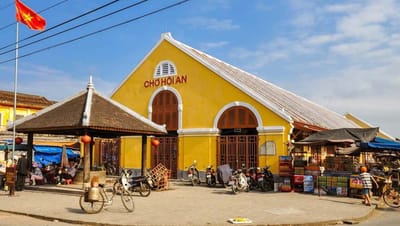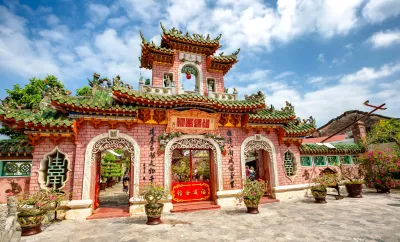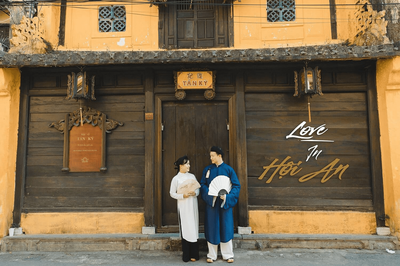Cantonese Assembly Hall Hoi An: Heritage, Rituals & Visitor Guide
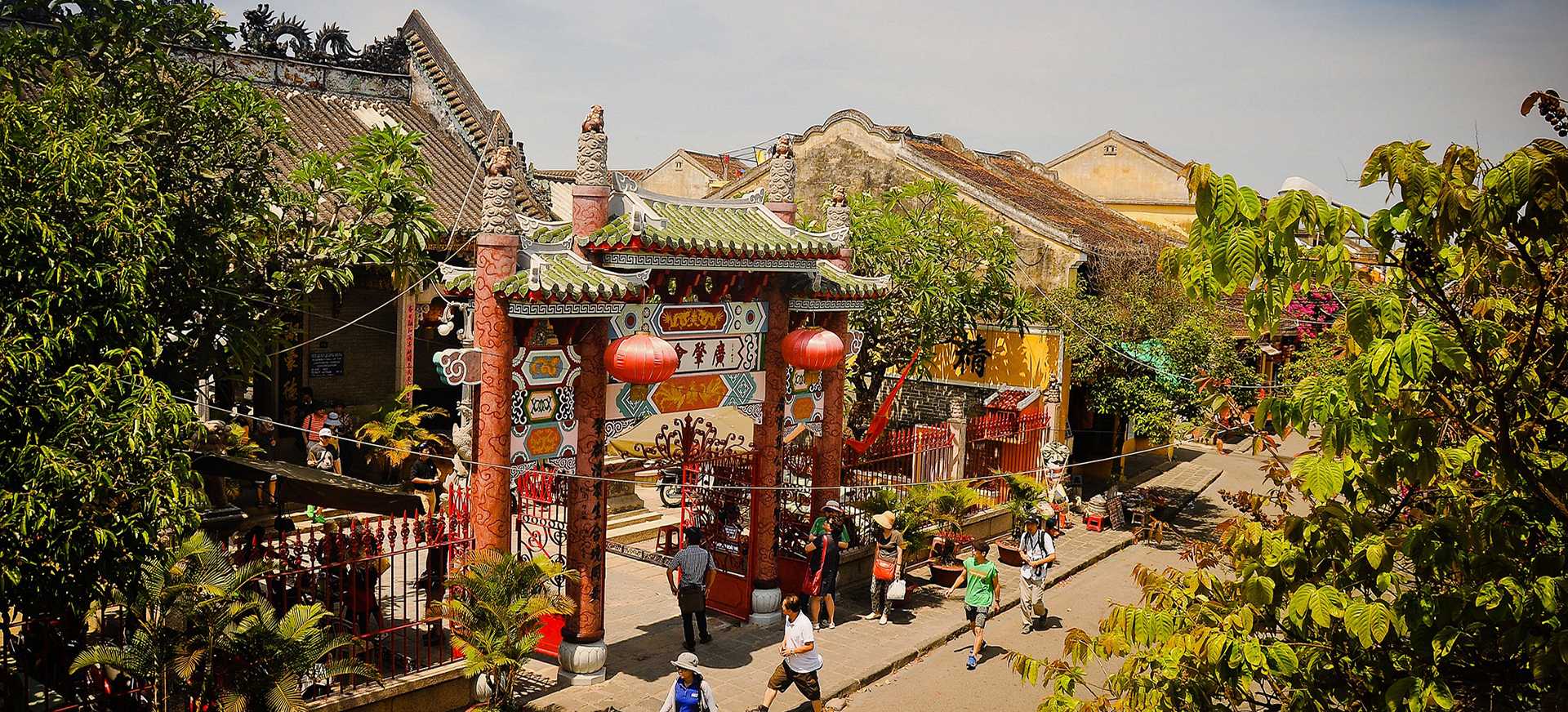
Executive Summary
Hall Essentials: The Cantonese Assembly Hall, built in 1885 at 176 Tran Phu Street, served Cantonese immigrants who arrived after Fujian settlers. Dedicated to the Chinese general Guan Yu (Quang Cong), this hall features balanced symmetry, stone and wood carvings, elaborate ceramic mosaics, and active worship. Open daily 8 AM–5 PM; entry requires one heritage coupon. Allow 20–30 minutes to explore shrines, side chambers, and rooftop views of the ancient town.
1. Historical Context
Cantonese Immigration to Hoi An
Following the Ming-Qing transition, settlers from Canton (Guangdong) established a community in Hoi An. Seeking mutual support and religious fellowship, they constructed their assembly hall on land adjacent to the Fujian Hall.
- Construction Year: 1885
- Primary Patron: Cantonese merchant guilds
- Purpose: Religious ceremonies, community meetings, social gatherings
2. Architectural & Decorative Highlights
Symmetrical Layout
- Main Hall: Central chamber houses Guan Yu shrine flanked by two side chambers
- Courtyard: Square courtyard with lotus pond and stone balustrades
- Roof: French-influenced ceramic tile patterns and curved eaves
Carvings & Mosaics
- Wood Carvings: Side panels depicting scenes from Chinese lore and farming life
- Stone Reliefs: Guardian lion statues at entrance; dragon motifs on columns
- Ceramic Mosaics: Colorful porcelain fragments create roof ridge embellishments and façade murals
textKEY POINT: Look for the dragon-phoenix mosaic panel above the main entrance—it symbolizes harmony between yin and yang and dates to the original 1885 construction.
3. Religious Practices
Worship of Guan Yu
Guan Yu, revered for loyalty and righteousness, serves as protector of the Cantonese community. Rituals include:
- Daily incense offerings at dawn and dusk
- Annual festival on Guan Yu’s birthday (6th lunar month) featuring lion dances and banquet offerings
- Community prayers for business success and protection from injustice
[Link to: Fujian Assembly Hall for comparison of different Chinese patron deities]
4. Visiting Information
- Hours: 8 AM–5 PM daily
- Admission: 1 heritage coupon (12 VND ticket)
- Photography: Non-intrusive snapping allowed in courtyard; silent mode inside shrine
- Guided Interpretation: Printed information available; ask staff for English explanations
![Alt text: Cantonese Assembly Hall façade with symmetrical red pillars, stone lion guardians, and ornate ceramic tiled roof against blue sky]
5. Cultural Significance
As a living religious site, the Cantonese Hall embodies:
- Criterion II (UNESCO): Physical fusion of Cantonese architectural style within Vietnamese urban fabric
- Intangible Heritage: Active worship practices, annual festivals, and community governance functions
6. Practical Tips
- Combine Visits: Fujian Hall (200 m east) → Cantonese Hall → Tan Ky House (500 m north)
- Nearby Dining: Pho Cao Ly (68 Tran Phu) for noodles and local soup
- Evening Visit: Lantern-lit courtyard (5 PM–7 PM) offers magical ambiance without crowds
Conclusion
The Cantonese Assembly Hall offers a distinct perspective on Hoi An’s Chinese diaspora heritage, complementing the Fujian Hall with its own deity focus and decorative artistry. Including it in your Pillar 2 itinerary enriches understanding of multicultural influences shaping Hoi An Ancient Town.
[Link to: Tan Ky Ancient House for Vietnamese merchant residence]
[Link to: Hoi An Old Town Walking Routes for route integration]
No spam, no sharing to third party. Only you and me.


